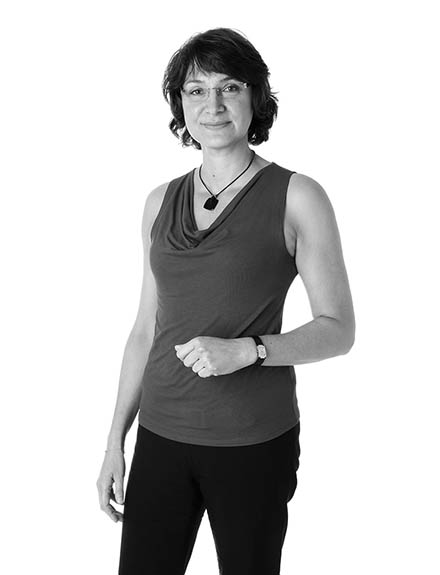| marie-hélène le ny |
|
photographist |

|
“The
boundaries of our universe are being pushed back unceasingly
which emphasizes the mind-blowing side of astrophysics. When
I was a teenager, I had the ambition to become an astronaut,
but felt that it was not a woman’s job. Finally I got a
permanent position in astrophysics as a professor. It allows
me to explore Space while keeping my feet on the ground…
The research topic is the Sun, our nearest star, the one best
understood, considered as the reference for the same kind of
stars. The Sun’s activity follows an eleven year cycle.
At the peak of its periodic activity, the solar surface exhibits
numerous active regions from which energetic particles are ejected
into the interplanetary medium. Those particles may interact
with the terrestrial environment, modify the orbits of the telecommunications
satellites, induce currents which corrode pipelines or even provoke
failures in power transmission networks.
One of my lab’s goals is to build instruments which will be implemented on spacecraft. We develop imagers, spectrometers, particle analyzers and so on. We combine the data coming from different instruments in order to derive for example the temperature, density and magnetic field components from measurements performed on a given solar structure. Observing the Sun from Earth, during a total solar eclipse brings continuous and direct measurements of our star. I remember my first eclipse observation in a small village lost in the northern Chilean mountains. At the time of the Sun disappearance, the crowd clamored for a few seconds. A deep silence followed and lasted until the Sun came back amid applause. I was trembling not only because, deprived of light, it was cold at high altitude, but also because this moment was full of emotion.” |
||
|
Karine Bocchialini Professor, Institut d'Astrophysique Spatiale, CNRS, University of Paris Sud |
|||
|
|
|
|